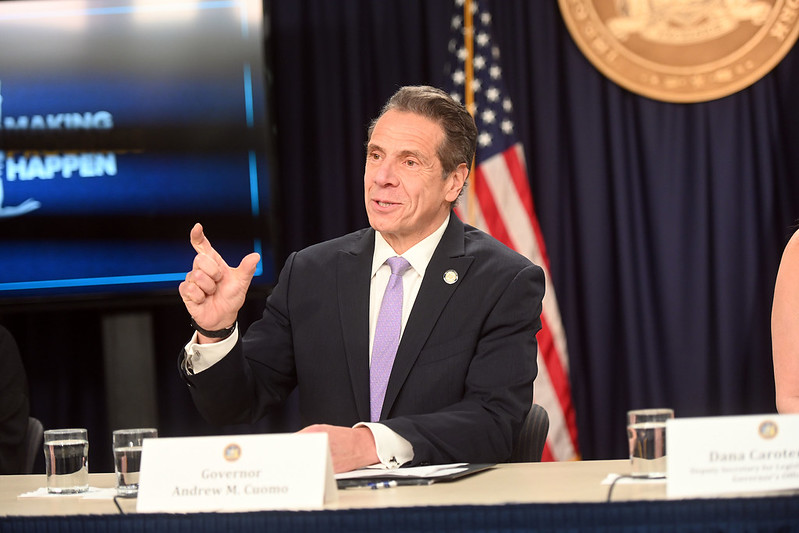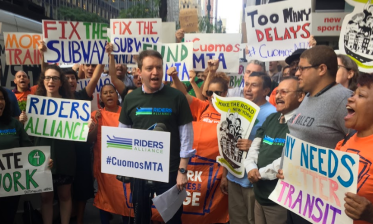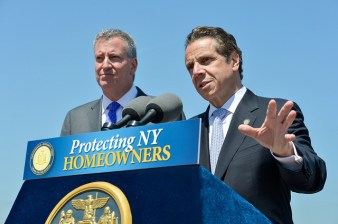Op-Ed: Governor, Public Transit Doesn’t Need a Billionaire Techie


This week, Gov. Cuomo announced that the Gates Foundation and former Google CEO Eric Schmidt will consult on the future of education and health care. He cited transportation as his third potential target for reform.
We agree that transportation should be prioritized, especially alongside education and health care as a third leg of the stool getting New York back on its feet and all of us toward a more prosperous future.
But public transit doesn’t need another billionaire disruptor with big ideas and a slide deck, neither on the capital side like Elon Musk or an operations guru like Uber founder Travis Kalanick.
The idea that billionaires will come in and save the day is fundamentally flawed. It denies long standing expertise on the ground from the communities who are most impacted and the experts who have made a life’s work out of studying and fighting for better public systems. It also offers cover to the governments whose very divestment and malign neglect made this crisis more acute and the necessary fixes that much more complex.
Unlike health care or education, which are highly decentralized across a mix of private and public hospitals and large numbers of local school districts, New York’s $17 billion a year transit system reports to one single person. What subway, bus, and paratransit riders need is sustained political will and commitment from that leader: Gov. Andrew Cuomo.
By law, the governor runs the MTA. This governor got public transit through Sandy, opened the Second Avenue Subway, stopped the L train shutdown, and passed congestion pricing. During his last primary campaign, both sides amplified #CuomosMTA, with no one disputing the premise.
This week, Gov. Cuomo took his single most immediately impactful action on transit to date, shuttering the subway overnight indefinitely for the first time in 115 years. Now he owes riders a plan to reopen it and homeless New Yorkers a plan for safe, private housing in place of the transit system they’ve been forced to resort to.
For New York to get back on its feet, Gov. Cuomo must deliver safe, reliable, and frequent train, bus, and paratransit service in the months and years ahead. He needs to set criteria and a timeline for bringing back overnight subway service. The city’s storied nightlife industry and the people who power the culture, enduring punishing overnight commutes, demand it.
The governor needs to put public transit on top of his recovery agenda. He needs to marshal federal financial aid to keep the MTA running. He also needs to leverage city governments resources to put buses (and emergency vehicles) first on busy streets. A financially strapped MTA literally cannot afford to have buses mired in gridlock — neither can riders afford to wait.
Just like a strong civic sector, informed and active ridership, and good government advocates, technology has a role in transit. Automated bus lane enforcement is more important with every new priority lane. In the COVID aftermath, apps that spot crowding and help riders avoid it by using alternative routes could have promise. And, of course, riders enjoy station WiFi and countdown clocks. But democratic accountability is the foundation of quality public transit and of New York’s future.
Gov. Cuomo is a fan of innovative, silver bullet-like solutions to vexing challenges. But transportation is a basic necessity and public service. Experienced, competent, humane management will win the day, day in and day out.

